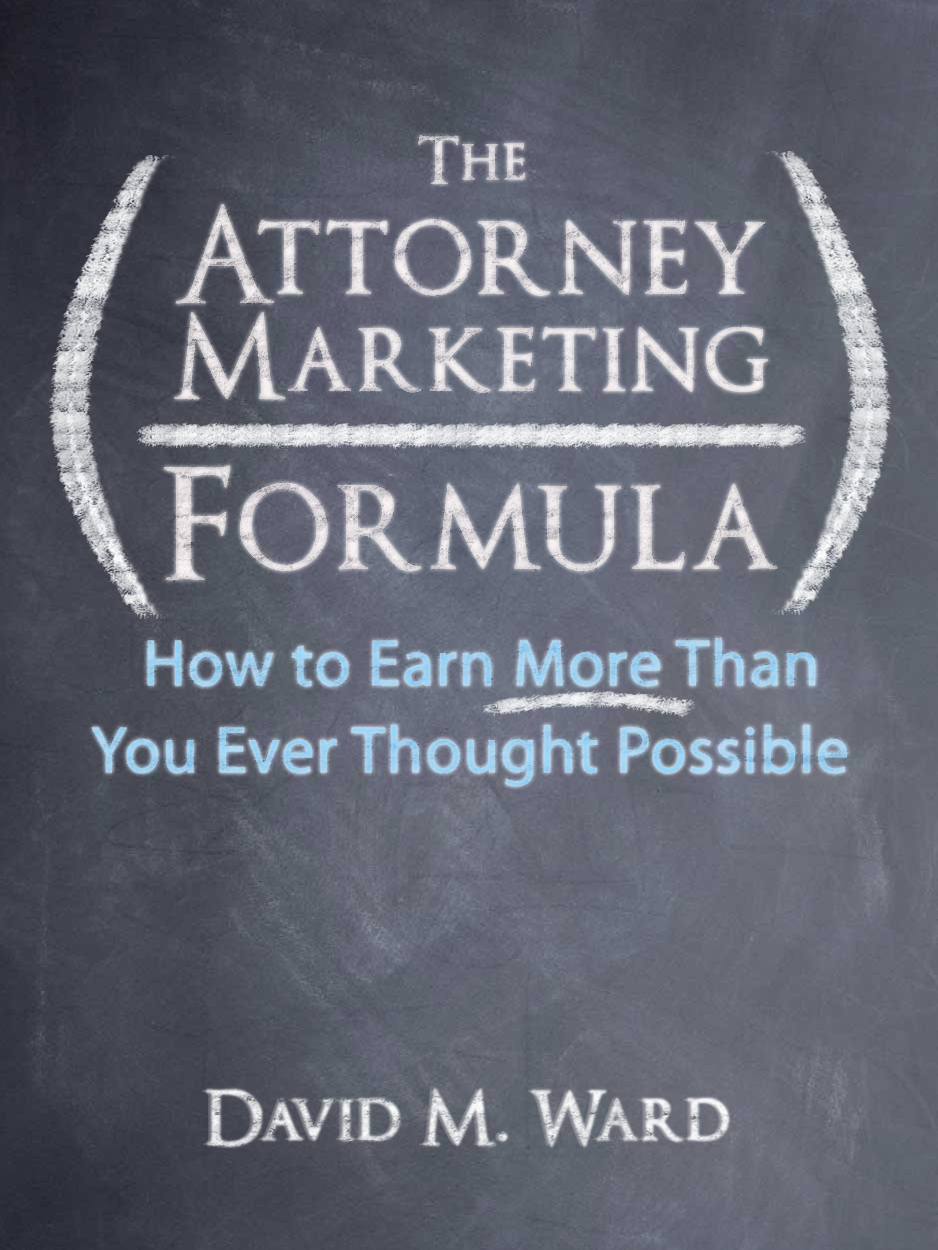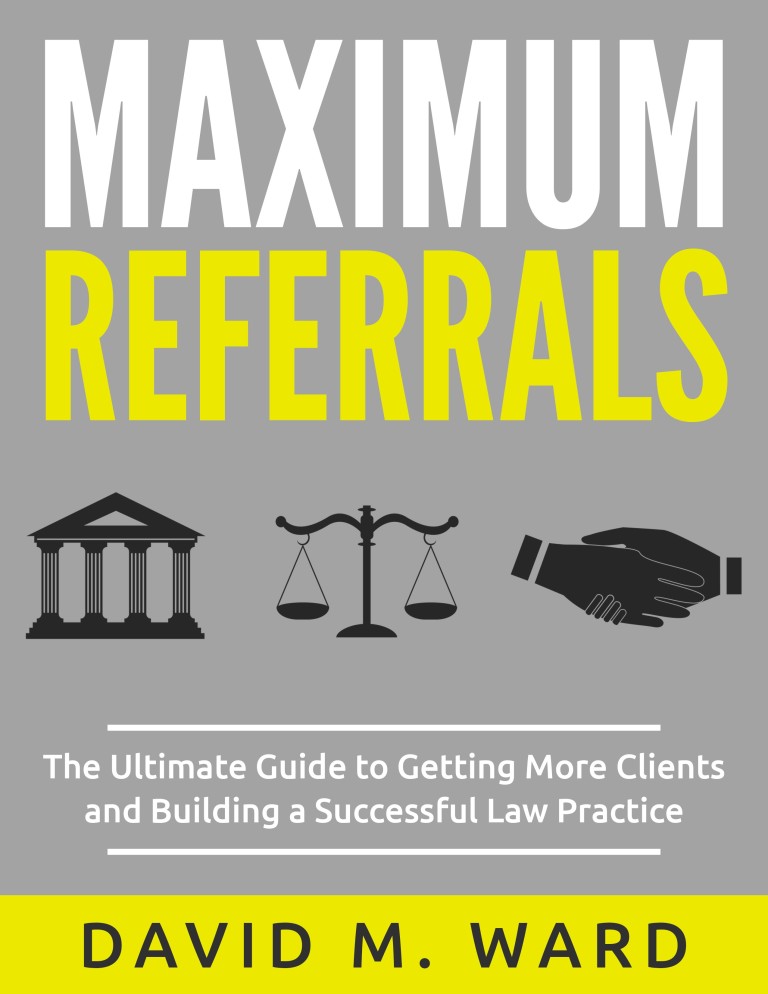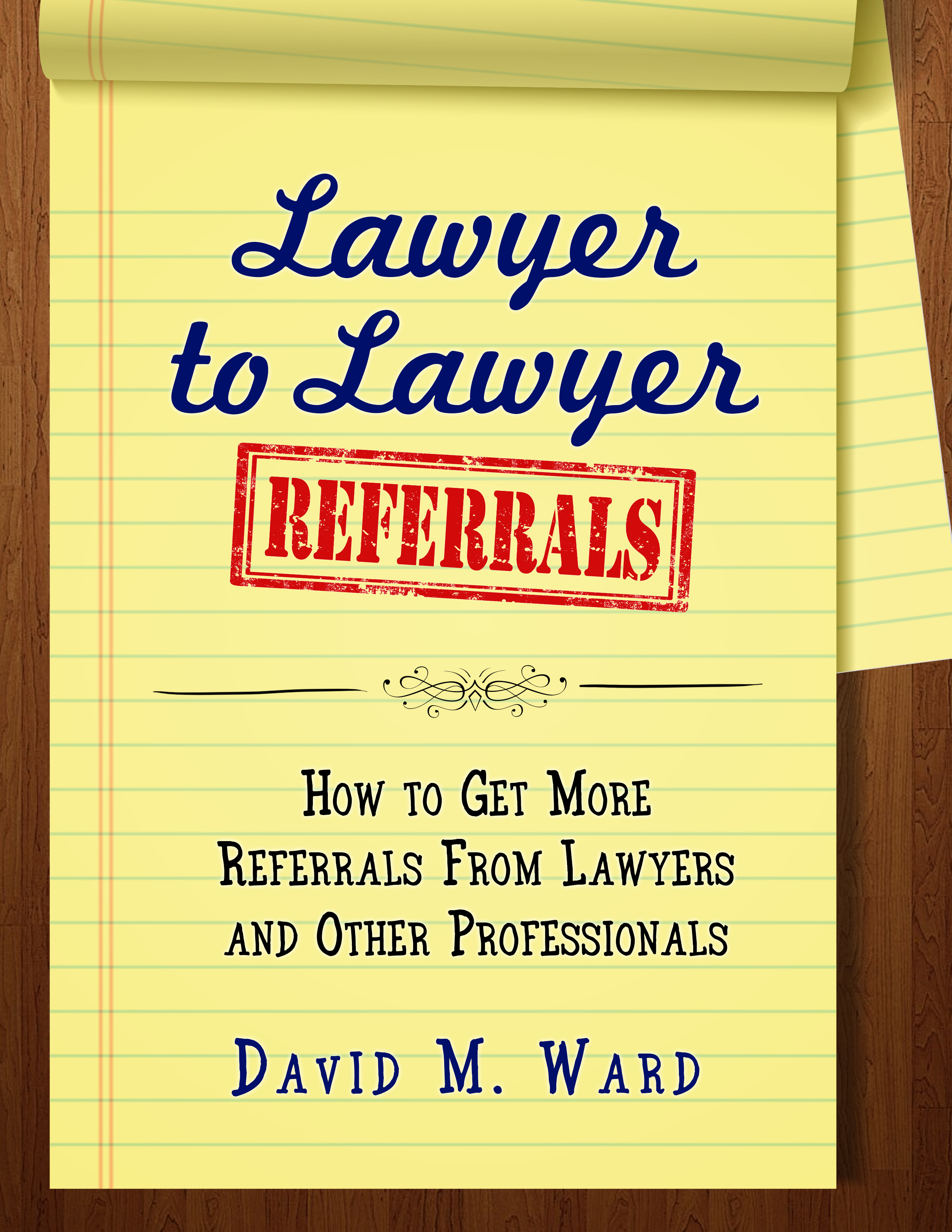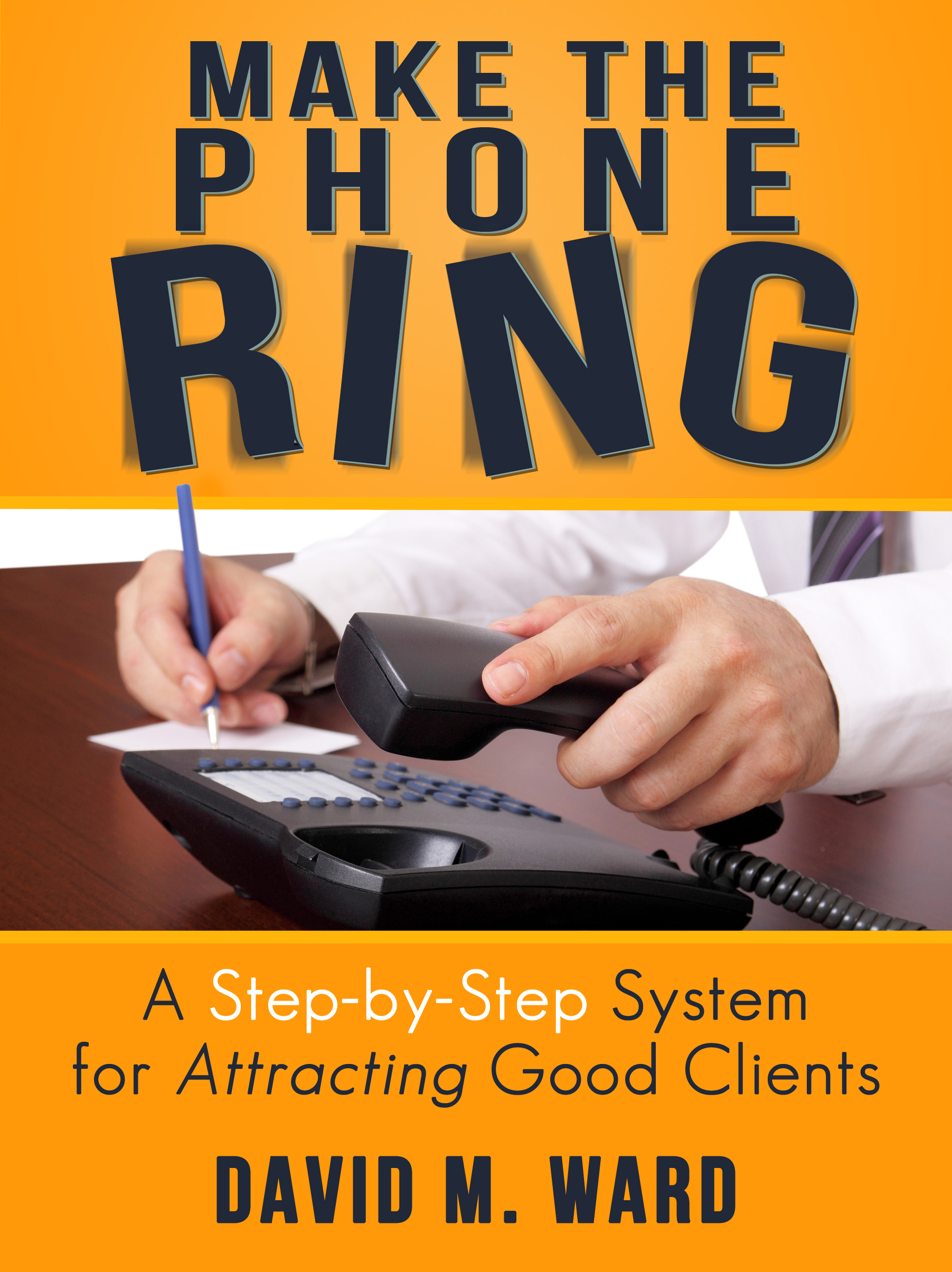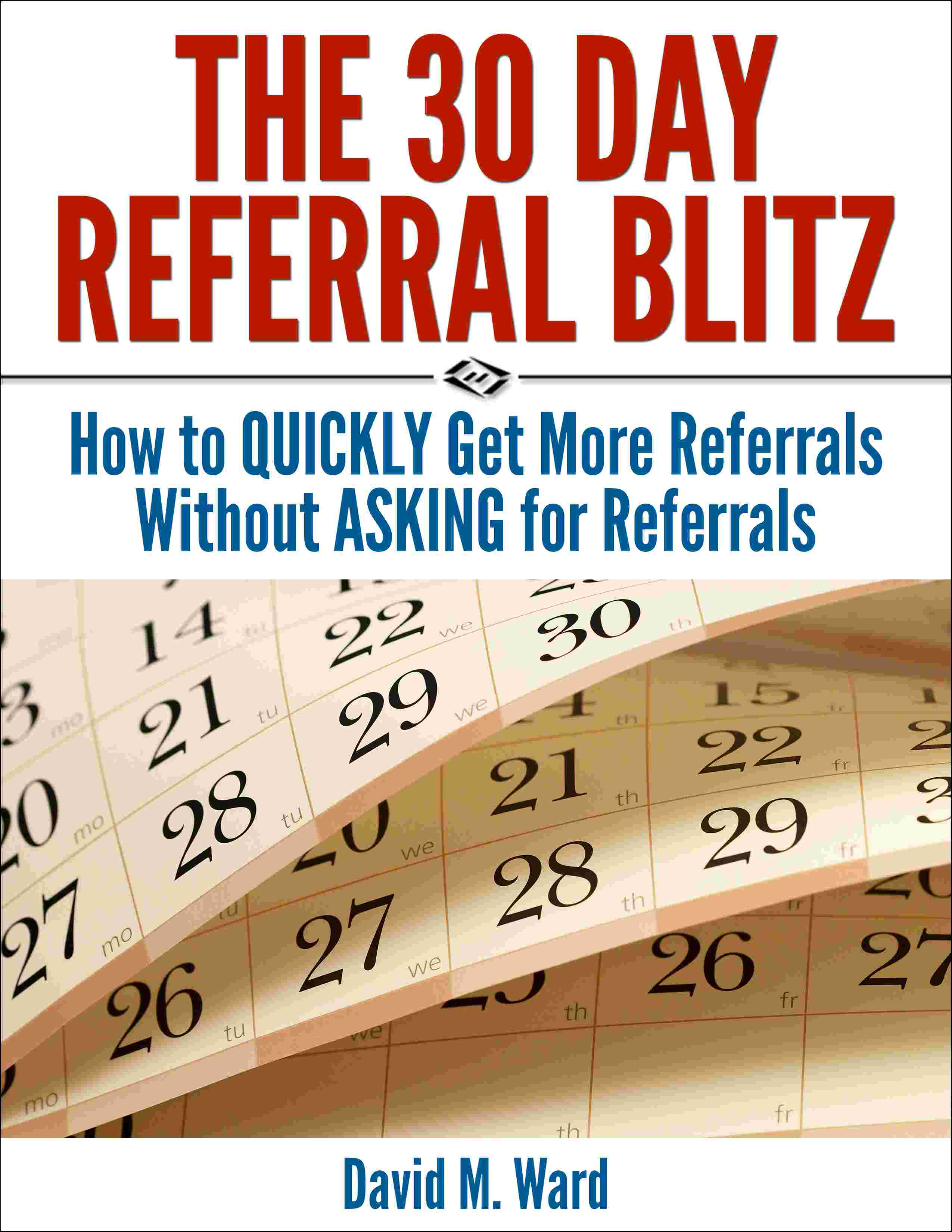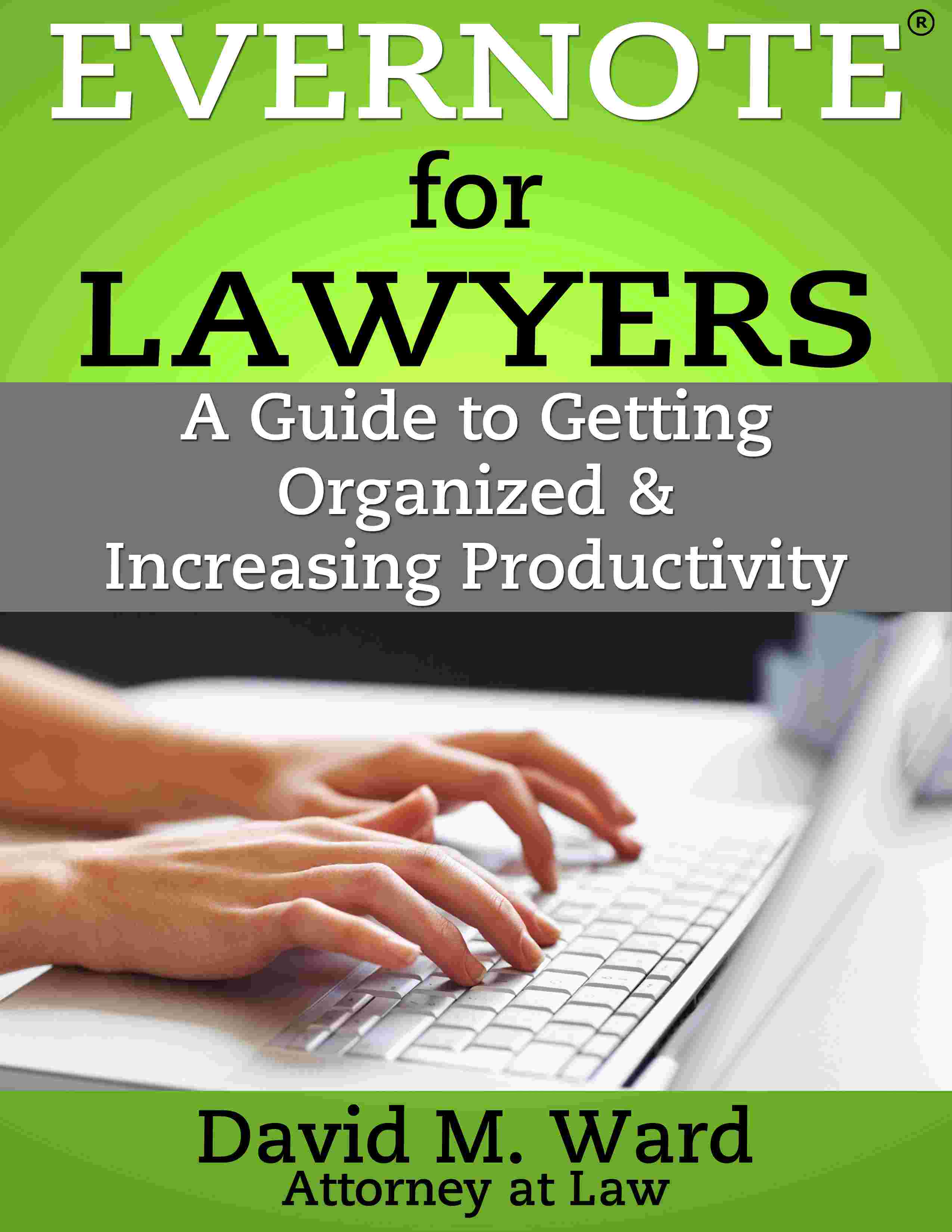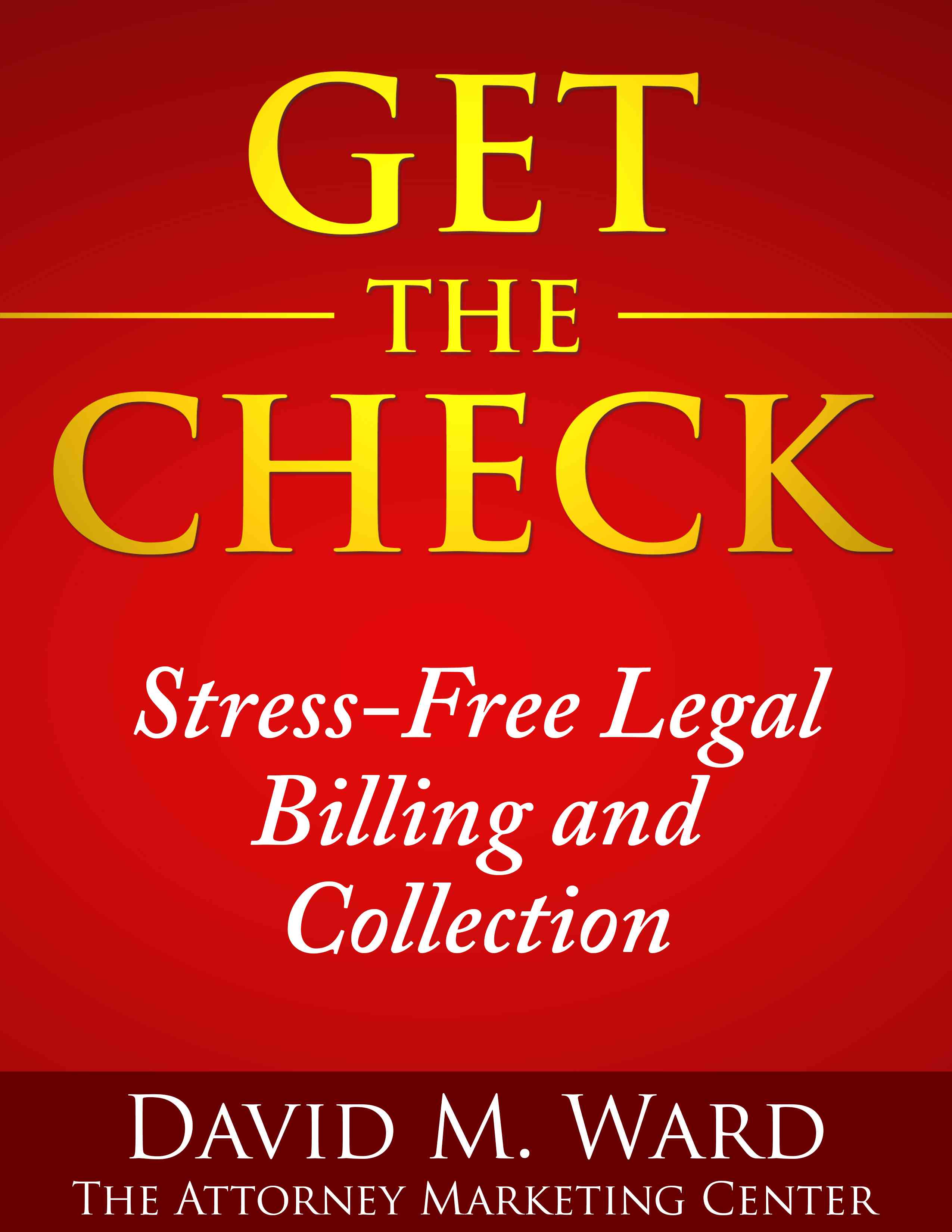If you ever do presentations, from the stage or in the courtroom or boardroom, you probably know that your audience tunes out after 10 minutes or so, unless you do something to keep their attention.
An article suggests ways to do that: putting people (stories) in your presentation, using visuals (videos, photos, props, demos), and inviting questions to engage the audience.
My thoughts:
Yes, stories are important. They help illustrate your points and add an emotional element to your message. Every presentation should include them.
Visuals are important and there are many ways to do them.
I used to do a presentation using an overhead projector and a movie screen. I showed the audience slides with charts and bullet points and photos and I wrote on plastic transparencies, all of which were projected on the screen.
One night, the bulb in the projector burned out and we had no replacement.
What did I do?
I made fun of myself for being unprepared and finished the presentation without visuals.
The audience watched and listened raptly, to see if I could do it with just words, and, no doubt, to see if there would be another gaffe.
The incident provided its own visual.
Of course, you can also convey a visual element with colorful words, examples, and stories. Some of the best presenters I’ve known never use slides or visuals, they do everything with their words.
Today, I actually prefer presenting without slides, et. al. I am the visual.
I hope you noticed that instead of merely talking about visuals, I told a story.
Now, about inviting questions from the audience. . .
This is not always possible, due to time constraints, nor advisable. People ask strange questions and it’s often better to handle them in private, not in front of the room.
Instead of inviting questions, I usually ask questions. For example, “With a show of hands, how many of you. . .” or “Did you ever do X? If you did, you probably found. . .”
It gets the audience involved and avoids the risk of having someone ask, “What time will this thing be over?”
Use stories in your newsletter; this shows you what to do

